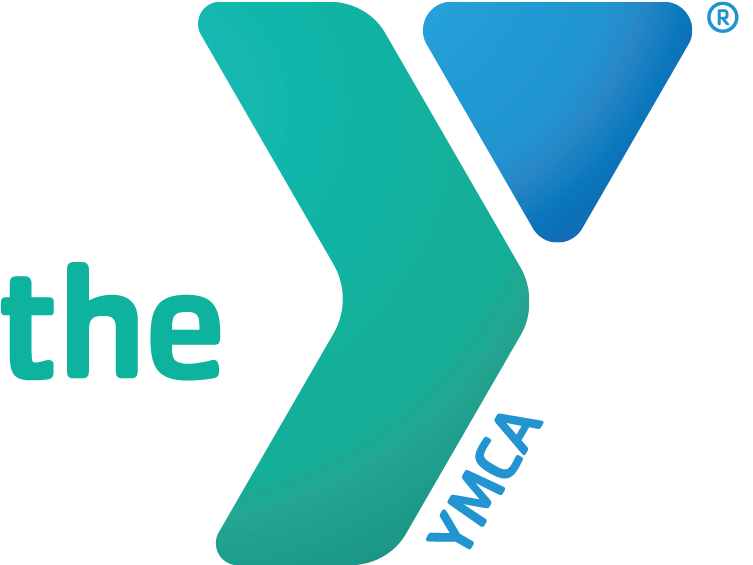BALANCE: One of the Four Pillars of Fitness
When the word “fitness” is heard, cardiovascular endurance, strength exercise, and flexibility commonly come to mind. These three aspects of physical fitness are crucial; however a fourth aspect is also crucial: Balance. Balance and stability are core to fitness in more ways than one. Balance not only helps with cardiovascular, strength, and flexibility exercises, but also with every-day movement, agility, and fall prevention. Our core is involved in balance as the abdominal and back muscles stabilize the entire body.
How can balance be incorporated into workout sessions? Pilates and yoga are wonderful practices as they not only concentrate on flexibility, but also on balance. Poses can be adapted from these fitness formats and added to cardio and strength workouts. Make sure you feel safe and stable while performing balance exercises and clear the area of any obstacles. Hold onto a stable chair or wall for assistance, as needed.
Here are some poses that focus on balance:
- Single-leg squat: Stand with feet hip width apart; keep right foot grounded while lifting left heel, toe balanced on ground. Slowly “sit”; slowly stand and lift left knee. Repeat x8. Lift left knee and hold for a count of 4 or more. Switch leg positions and repeat.
- Static lunge: Step forward with right foot; step back with left foot, lengthening leg. Bend right knee (keeping knee over ankle), and keep hips, shoulders, and toes facing forward. Hold high lunge x8. Bend left knee toward earth; hold low lunge x8. Switch leg positions and repeat.
- Lunge with knee lift: Begin with static lunge position, left leg lengthened behind. Hold high lunge x4; slowly straighten right leg and lift left knee toward rig cage. Repeat high lunge/knee lift combination x4. Switch legs and repeat series.
- Static balance beam: Stand tall with ears over shoulders, shoulders over hips, hips over heels. Place right foot in front of left, heel to toes; lift arms to side, shoulder height. Hold position x8. OPTION: Rotate at waist gently toward right while holding position. Switch to left foot in front of right and hold x8, with option of rotation toward left.
- Walking balance beam: Stand tall with ears over shoulders, shoulders over hips, hips over heels. Place right foot in front of left, heel to toes; lift arms to side, shoulder height. In slow, controlled fashion, walk forward alternating feet heel-to-toe, eight steps; pause. If safe and stable, walk backward alternating feet heel-to-toe, eight steps; pause.
- Balancing stick/warrior 3: Standing tall with arms reaching straight overhead. Keeping back long and standing knee slightly bent, hinge forward at hips, standing on right leg and lifting left leg behind. Pause at a 45 degree angle (like a slide), or 90 degree angle (tabletop); hold x8. Slowly rise, placing both feet on ground. Repeat with right leg lifting behind.
- Calf-raises: Stand tall with ears over shoulders, shoulders over hips, hips over heels. Slowly lift heels, standing on balls of feet; slowly Repeat x8. Slowly lift heels and hold x4; slowly lower. Place feet together and repeat the above series.
- Side leg lifts/star pose: Stand tall with ears over shoulders, shoulders over hips, hips over heels. Lift arms upward in a “V” shape. Center weight over right foot and lift left leg to side with pointed toe; hold x4. Switch sides. Repeat x 4-8 sets.
The above exercises include both static and dynamic balance. Both are important in day-to-day activity and for brain health. Ten or more minutes/day of balance work, 3 or more days/week is recommended. Vary the poses to add diversity to your balance routine and to challenge the brain with coordinated movement.
References:
"Balance and Stability”, Sarah Schrenk, MS, Fitness Journal, Nov/Dec. 2018
www.acefitness.org/education-and-resources, “Balancing Act: How to Incorporate Balance Work Into
Your Training Sessions”, Ashley Artese, Nov. 2018
www. Acefitness.org/blog/6524-/exercises-to-train-balance-in-motion, Jonathan Ross, August, 2017


